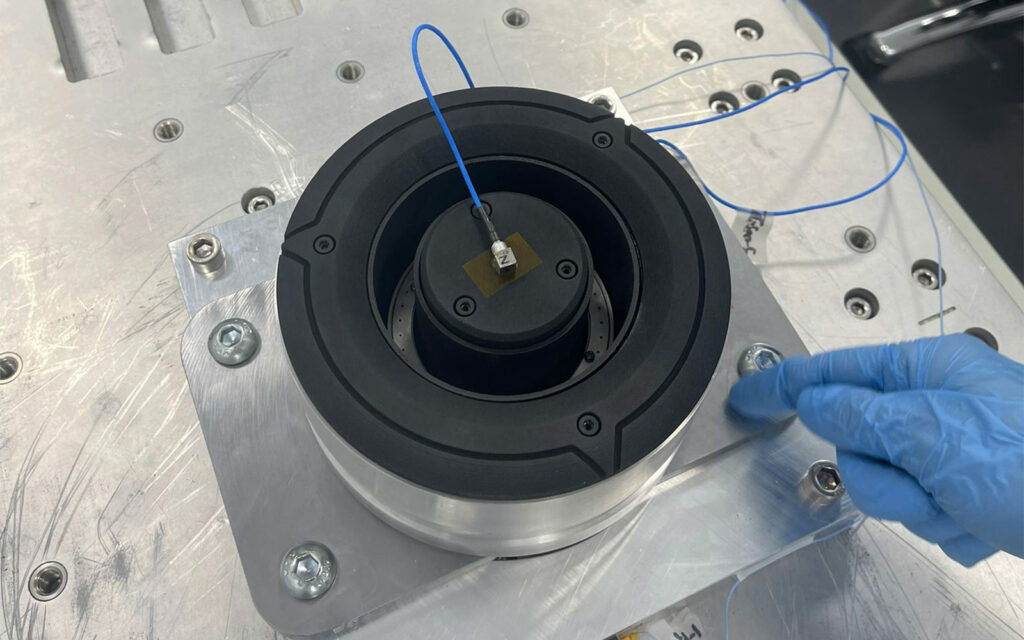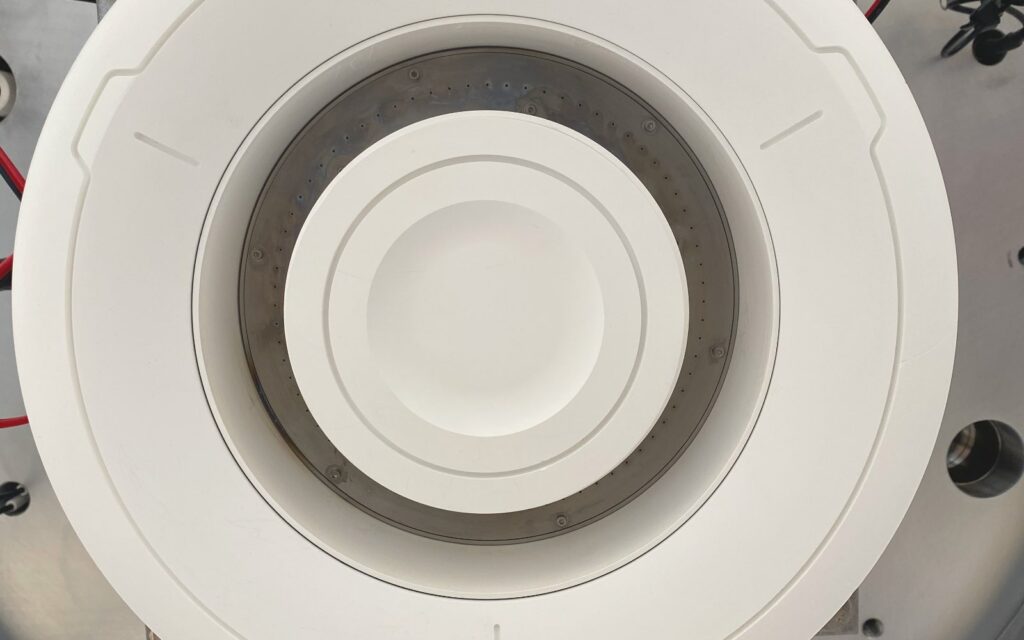Plasma engines have a much higher specific impulse (Isp) value than other types of rocket technology. Because of their fuel efficiency, plasma thrusters can save spacecraft operators millions of dollars in operating costs while increasing the value of the spacecraft’s data product.
Plasma thrusters are ideal for applications in small spacecraft for attitude control, precision spacecraft control, and low-thrust manoeuvres.
Pulsar HET thrusters can extend the orbital lifetime of each satellite using efficient drag compensation and reduce the rate of replacement launches required to maintain your space infrastructure.
Pulsar thrusters are tested at a UK government facility to ensure they can withstand launch conditions and comply with industry standards.














